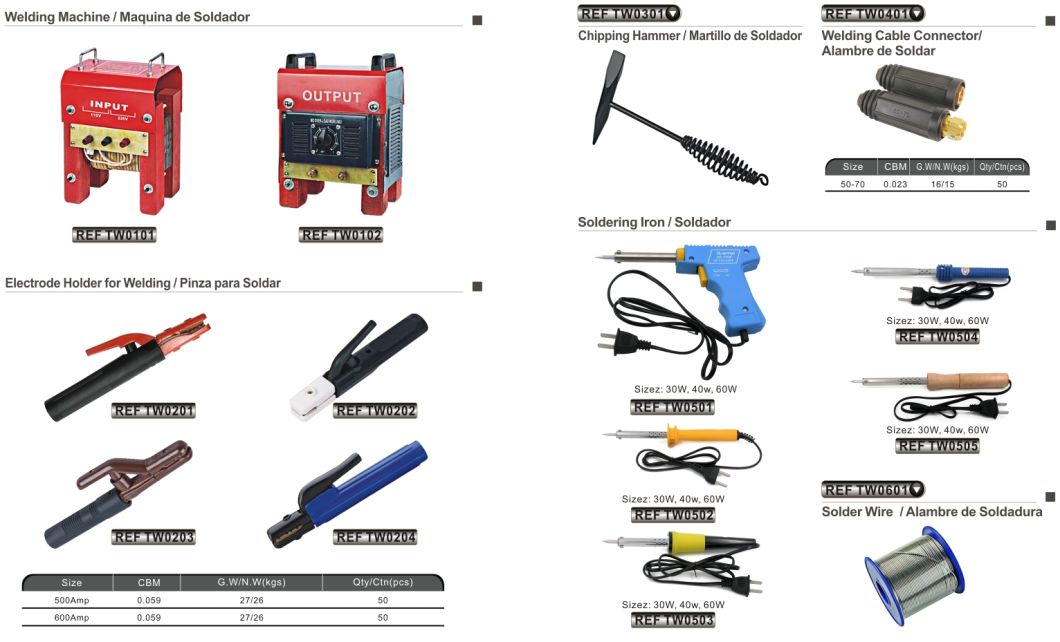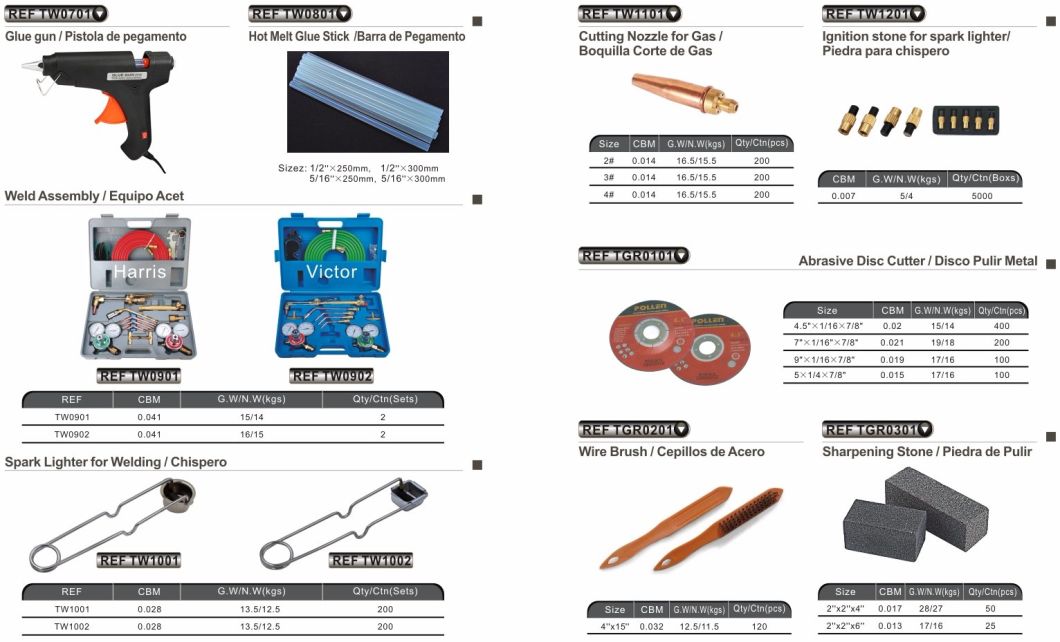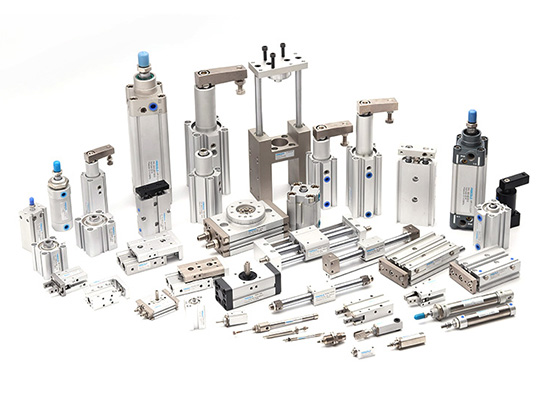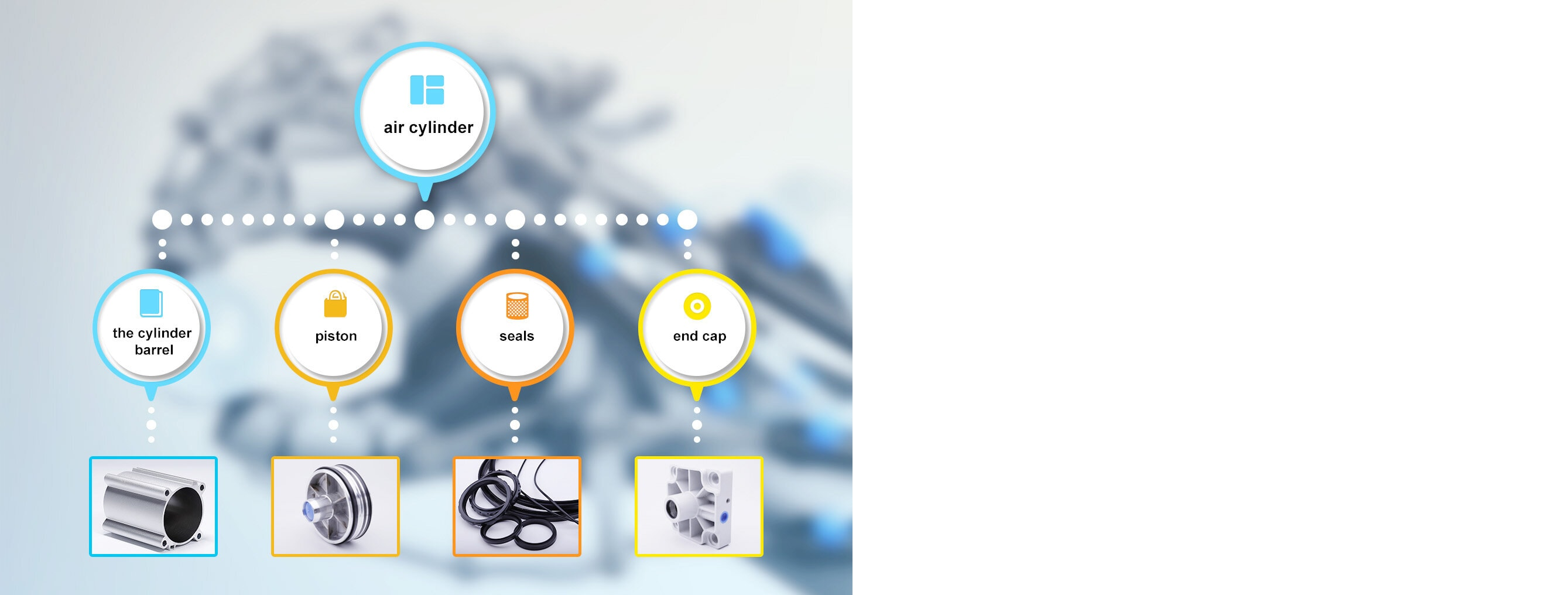| SIZE | Unit | Qty/Ctn | CBM/CTN | G.W. |
| 2# | PCS | 200 | 0.014 | 16.5 |
| 3# | PCS | 200 | 0.014 | 16.5 |
| 4# | PCS | 200 | 0.014 | 16.5 |


| FAQ: |
| 1. What is the minimum order quantity (MOQ) for products? |
| We are flexible and can accept any quantity based on customer requirements. |
| 2. What about the delivery time? |
| Typically, it takes 30 to 45 days after order confirmation. |
| 3. What's the advantage of your products? |
| (1) Competitive pricing with over 15 years of exporting experience. |
| (2) OEM packaging available with low MOQs. |
| (3) Reliable after-sales service to ensure customer satisfaction. |
| 4. How about terms of payment? |
| We accept T/T, PayPal, Western Union, and other secure methods. |
| Why Choose Us? With 15 years of experience in international trade, we specialize in a wide range of products including hand tools, hardware, houseware, plumbing, and trampolines. Our team speaks both English and Spanish, making communication easy and efficient. We offer the flexibility to combine multiple items in one container, helping you save time, money, and effort. We're your reliable partner in China, committed to successful and long-term cooperation. We believe in mutual benefits and growth together. |

The basic components of a pneumatic cylinder include a cylinder body, a piston with a piston rod, seals, and an air supply. When compressed air is supplied to the pneumatic cylinder, it pushes the piston, causing the piston rod to move.Pneumatic Cylinder Barrel.
Advantage of pneumatic cylinder
Compared to other types of cylinders or power sources, pneumatic cylinders have the advantages of being cost-effective, easy to operate, and requiring minimal maintenance.Pneumatic Cylinder.
Principle of pneumatic cylinder
The working principle of a pneumatic cylinder is that compressed air enters the cylinder body, pushing the piston to produce mechanical motion or force. Its efficiency and effectiveness can be evaluated by calculating the relationship between the work and energy of the pneumatic cylinder, which is governed by the laws of thermodynamics.
A key principle of pneumatic cylinders is the relationship between pressure and motion. The force produced by the cylinder body is proportional to the air pressure supplied to it. This means that increasing the air pressure will cause the pneumatic cylinder to produce a greater force.
Categories
Pneumatic cylinders can be divided into single-acting cylinders or spring return cylinders and double-acting cylinders. Commonly used cylinders include DNC and SI series ISO 6431 standard cylinders, SC standard cylinders, and stainless steel miniature cylinders.
Application
Pneumatic cylinders are widely used in automation and control systems to compress and release gas or liquid to achieve the conversion of force and motion. They are used in manufacturing for assembly lines, in construction for heavy machinery, and in the automotive industry for braking systems, among other applications.
Cylinders play a crucial role in modern industrial and mechanical fields. If you want to learn more about cylinders and their benefits in applications, please contact us. We offer a range of articles, videos, and other resources on cylinders to help you better understand their working principles and application scenarios. Whether you are an engineer, technician, or ordinary consumer, you can benefit from this information.
We believe that by gaining a deeper understanding of cylinders, you will be able to better understand the technology and applications in modern industrial and mechanical fields.

Pneumatic Cylinder,Air Cylinder,Pneumatic Air Cylinder,Aluminum Pneumatic Cylinder
Foshan Weiyingjia Technology Co., Ltd , https://www.wyspneumatic.com